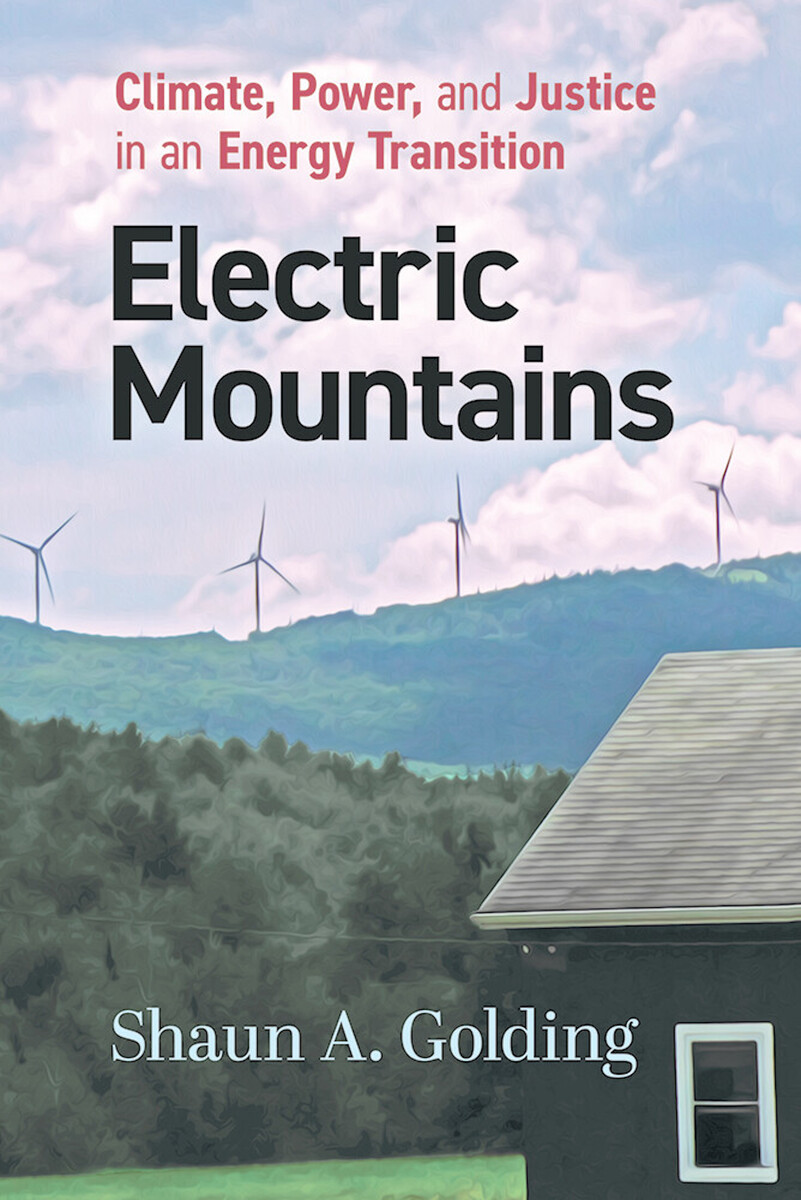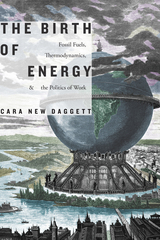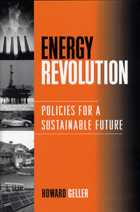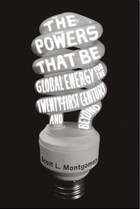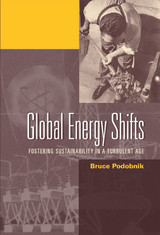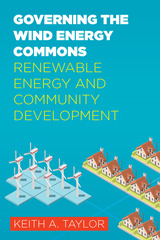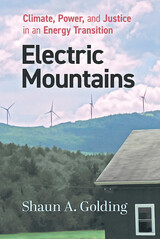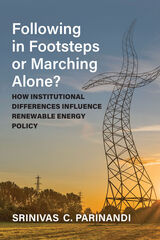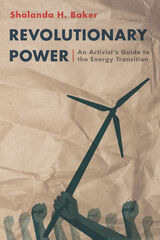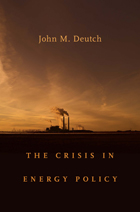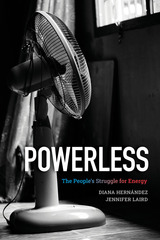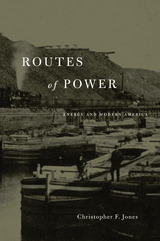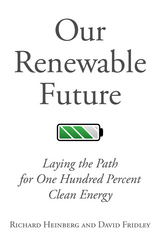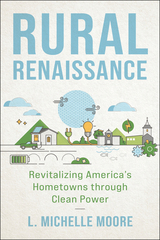Electric Mountains: Climate, Power, and Justice in an Energy Transition
Rutgers University Press, 2021
Cloth: 978-1-9788-2069-2 | Paper: 978-1-9788-2068-5 | eISBN: 978-1-9788-2070-8 (ePub NK) | eISBN: 978-1-9788-2071-5 (Kindle) | eISBN: 978-1-9788-2072-2 (PDF)
Library of Congress Classification HD9502.U5G65 2021
Dewey Decimal Classification 333.790973
Cloth: 978-1-9788-2069-2 | Paper: 978-1-9788-2068-5 | eISBN: 978-1-9788-2070-8 (ePub NK) | eISBN: 978-1-9788-2071-5 (Kindle) | eISBN: 978-1-9788-2072-2 (PDF)
Library of Congress Classification HD9502.U5G65 2021
Dewey Decimal Classification 333.790973
ABOUT THIS BOOK | AUTHOR BIOGRAPHY | REVIEWS | TOC
ABOUT THIS BOOK
Climate change has shifted from future menace to current event. As eco-conscious electricity consumers, we want to do our part in weening from fossil fuels, but what are we actually a part of?
Committed environmentalists in one of North America’s most progressive regions desperately wanted energy policies that address the climate crisis. For many of them, wind turbines on Northern New England’s iconic ridgelines symbolize the energy transition that they have long hoped to see. For others, however, ridgeline wind takes on a very different meaning. When weighing its costs and benefits locally and globally, some wind opponents now see the graceful structures as symbols of corrupted energy politics.
This book derives from several years of research to make sense of how wind turbines have so starkly split a community of environmentalists, as well as several communities. In doing so, it casts a critical light on the roadmap for energy transition that Northern New England’s ridgeline wind projects demarcate. It outlines how ridgeline wind conforms to antiquated social structures propping up corporate energy interests, to the detriment of the swift de-carbonizing and equitable transformation that climate predictions warrant. It suggests, therefore, that the energy transition of which most of us are a part, is probably not the transition we would have designed ourselves, if we had been asked.
Committed environmentalists in one of North America’s most progressive regions desperately wanted energy policies that address the climate crisis. For many of them, wind turbines on Northern New England’s iconic ridgelines symbolize the energy transition that they have long hoped to see. For others, however, ridgeline wind takes on a very different meaning. When weighing its costs and benefits locally and globally, some wind opponents now see the graceful structures as symbols of corrupted energy politics.
This book derives from several years of research to make sense of how wind turbines have so starkly split a community of environmentalists, as well as several communities. In doing so, it casts a critical light on the roadmap for energy transition that Northern New England’s ridgeline wind projects demarcate. It outlines how ridgeline wind conforms to antiquated social structures propping up corporate energy interests, to the detriment of the swift de-carbonizing and equitable transformation that climate predictions warrant. It suggests, therefore, that the energy transition of which most of us are a part, is probably not the transition we would have designed ourselves, if we had been asked.
See other books on: Alternative & Renewable | Justice | New England | Rural | Sustainable development
See other titles from Rutgers University Press
